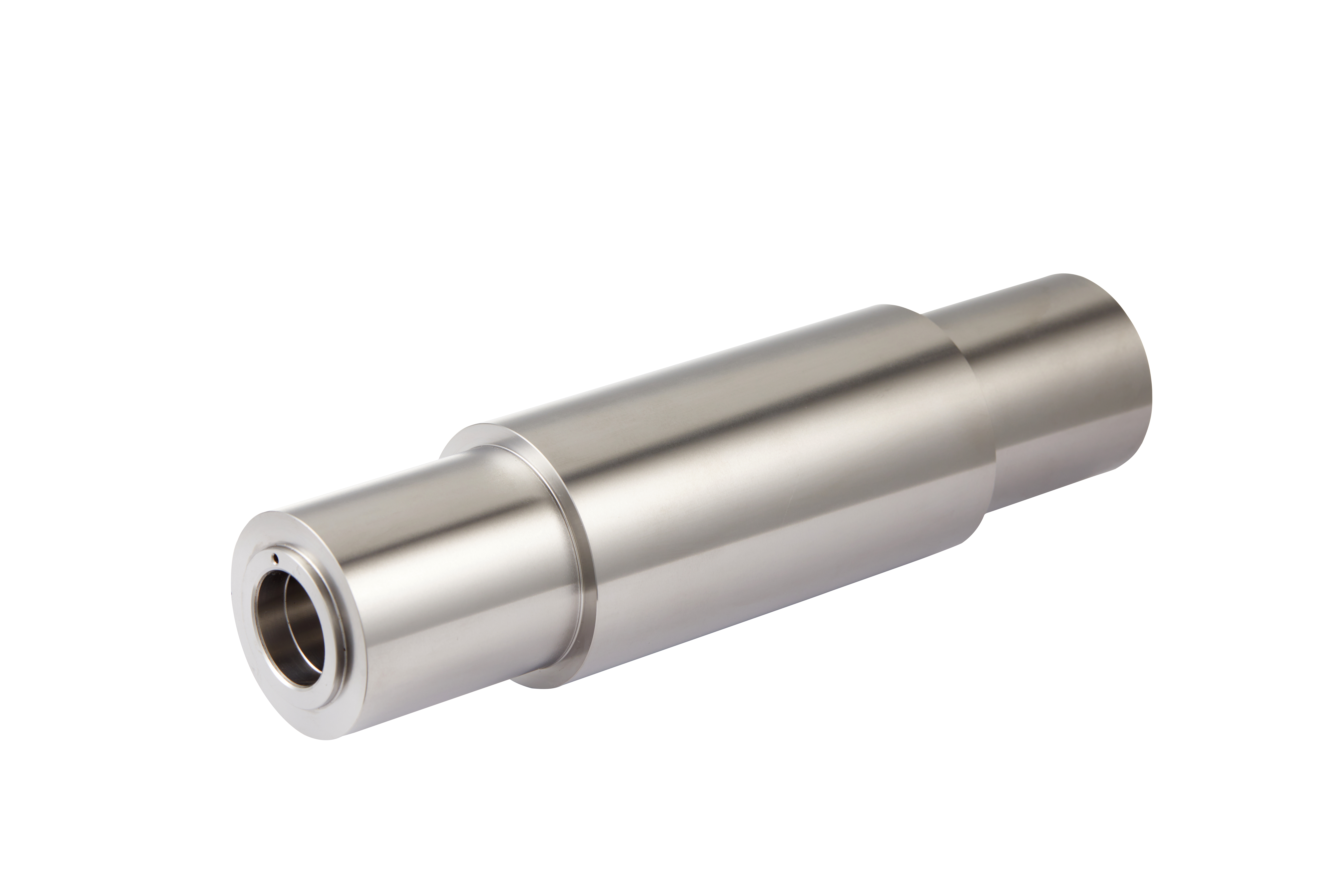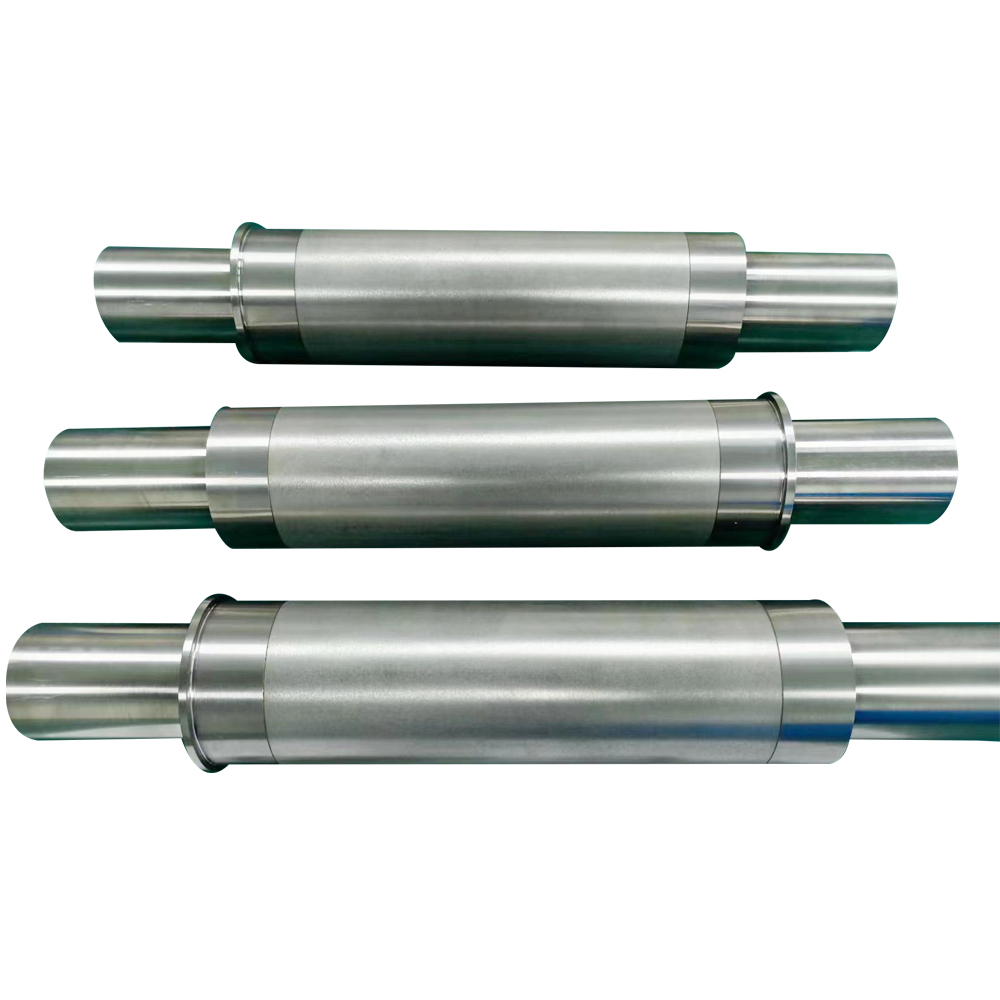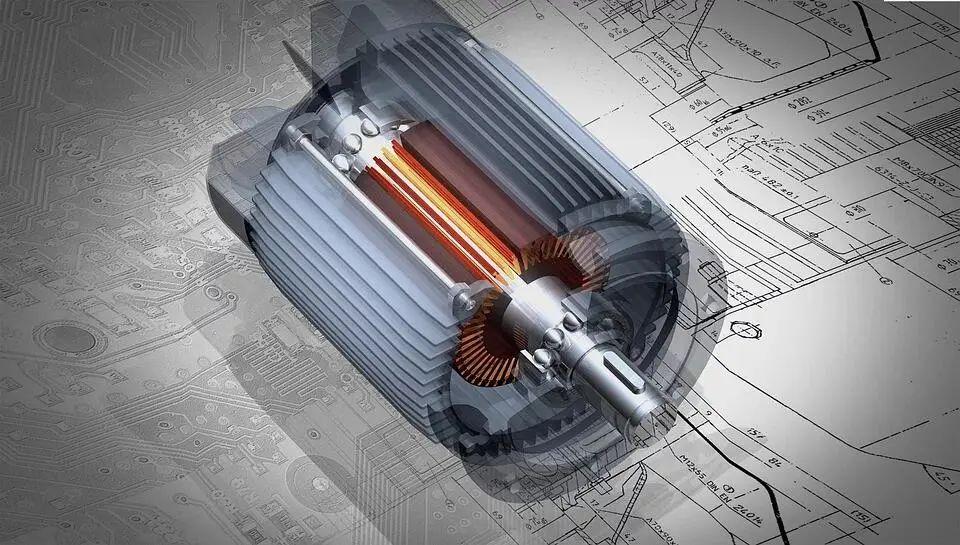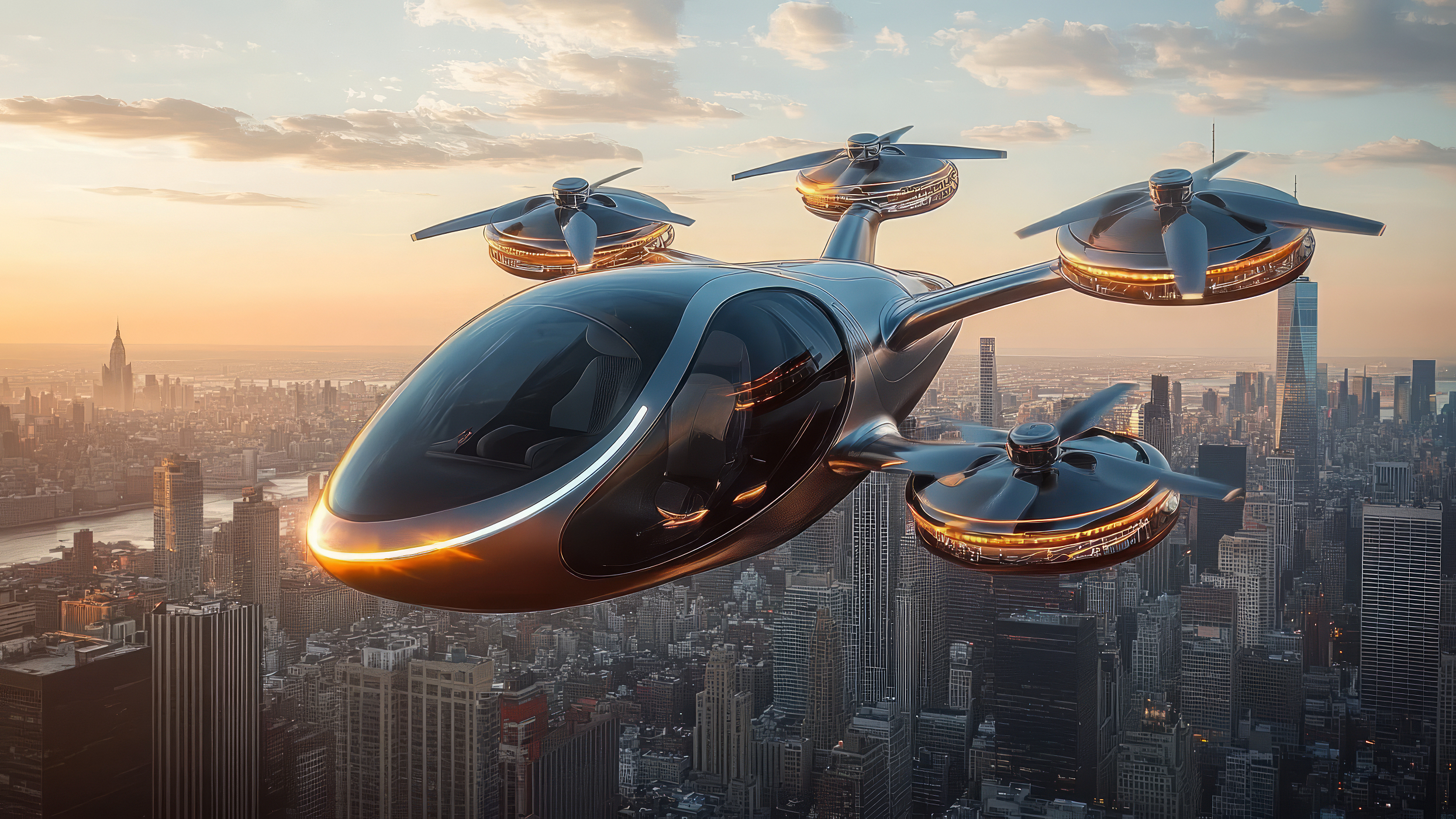In the continuous development of the aerospace field, every advancement of aircraft depends on the assistance of key components, and the rotor is an extremely important one among them. It plays a central role in modern flight, provides reliable support for various flight missions, and is gradually changing the way people travel and transport.
I. What is an aircraft? Differences between aircraft and drones
An aircraft is a manned or unmanned vehicle that generates lift by the rotation of rotors. It has a relatively complex structure, strong power, and is used in large-scale professional scenarios. In contrast, a drone does not require a pilot in the cockpit for control. It usually has a simple structure like a quadcopter, is small, flexible, and has a short endurance. It is used for daily fine operations.
Composition and applications of aircraft
In an aircraft with a single main rotor and tail rotor configuration, the main rotor consists of multiple blades. Driven by the engine to rotate, it generates lift by the air velocity difference between the upper and lower surfaces of the blades. The tail rotor is installed at the tail of the aircraft to counteract the torque generated by the rotation of the main rotor and precisely control the heading to ensure flight stability.The coaxial dual-rotor structure has two sets of rotors that are coaxial and rotate in opposite directions, canceling out the torque without the need for a tail rotor. This makes the aircraft structure compact, facilitating storage and takeoff and landing in a small space. In a tiltrotor aircraft, the rotor system is placed at the ends of the tiltable wings. During vertical takeoff and landing, the rotors rotate at high speed perpendicular to the ground to provide lift like a helicopter. In the cruise phase, the rotors tilt parallel to the wings, and the wings bear the main lift while the rotors act as propellers, combining the advantages of the two flight modes.Aircraft can be applied not only in sightseeing, agriculture and forestry operations but also in the military field for low-altitude reconnaissance and raids through complex terrains. In emergency rescue, it can arrive at the disaster area in the first time to transport supplies and personnel. In the future, it may also serve as an “air bus” in the city to relieve traffic congestion.
II. The main member in the flight field – rotor
The rotor has many advantages and plays a leading role in the future development of flight.High energy efficiency is a prominent feature. The rotor driven by a permanent magnet synchronous motor has a relatively high energy conversion efficiency. It can convert most of the electrical energy into the mechanical energy required by the aircraft for lift and thrust supply, reducing energy loss and extending the flight range of the aircraft. Whether it is for short urban trips or regional logistics distribution, it can complete longer-distance tasks with more economical energy consumption and reduce operating costs.The powerful power output advantage is obvious. The rotor has a good power density. Under the same volume and weight conditions, it can output stronger power compared with traditional motor rotors. This is of great significance for aircraft with limited space and load capacity. It can quickly generate sufficient lift during takeoff and shorten the takeoff time. When encountering sudden air currents during flight and needing to accelerate or climb, it can also respond in time to ensure flight safety and stability.The dynamic response ability of the rotor is also excellent. Facing the complex working conditions and rapidly changing load requirements during flight, it can instantaneously output a high starting torque and quickly adapt to the flight attitude adjustment commands, ensuring that the aircraft is precise and smooth during attitude conversion, acceleration and deceleration operations, providing a solid guarantee for high-precision flight control. For example, when performing a rescue mission among high-rise buildings in the city, it can flexibly avoid obstacles and efficiently reach the target location.In addition, the rotor also has low noise and environmental protection characteristics. The noise generated during operation is relatively low, meeting the requirements of the urban environment for aircraft noise, avoiding disturbing the residents and improving the riding comfort of passengers.
III. The “Good Teachers and Helpful Friends” of the rotor
The development of the rotor benefits from many cutting-edge technologies, which significantly improve its performance.Permanent magnet synchronous motor technology is the key support for rotor power. It mainly consists of a stator and a rotor. The stator is made of laminated sheets and has a three-phase AC winding inside, which is the basis for electrical energy conversion. The rotor is equipped with permanent magnets to provide continuous power. When three-phase alternating current is passed into the stator winding, a rotating magnetic field is generated, which interacts with the magnetic field of the rotor permanent magnets to drive the rotor to rotate. The algorithms it contains, such as constant voltage-frequency ratio control, direct torque control, and vector control, can precisely control the rotational speed and torque of the rotor to adapt to different flight scenarios. With its high energy conversion efficiency, excellent power density, fast dynamic response, low noise, and low maintenance requirements, permanent magnet synchronous motor technology is widely used in the rotor systems of various aircraft.Composite materials also have important applications in rotor manufacturing. For example, high-strength, low-density carbon fiber composite materials are used in the production of rotor blades, which greatly reduce the weight of the rotor and increase the effective payload of the aircraft. Moreover, this material has excellent fatigue resistance and can withstand the stress generated by high-speed rotation, ensuring the long-term reliable operation of the rotor. At the same time, the new coating technology applied to the rotor can resist external erosion and reduce electromagnetic losses, improving the overall efficiency of the motor.Intelligent control technology is also deeply integrated into the rotor system. With the help of an advanced sensor network, real-time data such as the rotational speed, temperature, and vibration of the rotor are collected. Then, combined with artificial intelligence algorithms and model prediction control methods, precise monitoring and intelligent control of the rotor operating state are realized. This enables the rotor to automatically optimize the power output according to the flight mission and environmental changes and eliminate potential failure risks in advance, ensuring flight safety and promoting the development of aircraft towards intelligence.
IV. Looking ahead to the future, there are endless opportunities
Looking ahead to the future of the rotor, there are infinite possibilities. Nowadays, eVTOL aircraft, as a bright star in the low-altitude flight field, is still continuously researching and developing to improve the performance of the rotor, enhance the strength of the rotor, and optimize the shape of the rotor. In terms of material innovation, researchers are also making every effort to overcome the problem of replacing rare earth permanent magnet materials, striving to reduce costs and environmental pressure. It can be foreseen that with the continuous progress of rotor technology, in the future, we will usher in an aerial era with more convenient and efficient flight, faster logistics distribution, and greatly improved travel experience, which is worthy of our continuous attention and expectation.
Media Contact
Company Name: Hangzhou Magnet Power Technology Co., Ltd.
Email: Send Email
Country: China
Website: https://www.magnetpower-tech.com/




